-
Equipments
-
-
NEWS
- Double planetary mixer new t...
- Multiple paddle options of D...
- Double planetary mixer is th...
- Multiple mixing tanks with d...
- Double planetary mixer for c...
- Double planetary mixer can b...
- Double planetary mixer has E...
- Double Planetary Mixer Excel...
- Principle of asteroid rotati...
- Efficient and uniform mixing...
-
Contact Us
Or Contact Info
-
Coating
-
-
NEWS
- Double planetary mixer new t...
- Multiple paddle options of D...
- Double planetary mixer is th...
- Multiple mixing tanks with d...
- Double planetary mixer for c...
- Double planetary mixer can b...
- Double planetary mixer has E...
- Double Planetary Mixer Excel...
- Principle of asteroid rotati...
- Efficient and uniform mixing...
-
Contact Us
-
Adhesives
-
-
NEWS
- Double planetary mixer new t...
- Multiple paddle options of D...
- Double planetary mixer is th...
- Multiple mixing tanks with d...
- Double planetary mixer for c...
- Double planetary mixer can b...
- Double planetary mixer has E...
- Double Planetary Mixer Excel...
- Principle of asteroid rotati...
- Efficient and uniform mixing...
-
Contact Us
-
Agrochemistry
-
-
Agrochemistry
- Emulsifiable Concentrate
- Suspension Concentrate
-
-
-
NEWS
- Double planetary mixer new t...
- Multiple paddle options of D...
- Double planetary mixer is th...
- Multiple mixing tanks with d...
- Double planetary mixer for c...
- Double planetary mixer can b...
- Double planetary mixer has E...
- Double Planetary Mixer Excel...
- Principle of asteroid rotati...
- Efficient and uniform mixing...
-
Contact Us
-
Battery
-
-
Battery
- Battery Slurries
-
-
-
NEWS
- Double planetary mixer new t...
- Multiple paddle options of D...
- Double planetary mixer is th...
- Multiple mixing tanks with d...
- Double planetary mixer for c...
- Double planetary mixer can b...
- Double planetary mixer has E...
- Double Planetary Mixer Excel...
- Principle of asteroid rotati...
- Efficient and uniform mixing...
-
Contact Us
-
Cosmetic
-
-
Cosmetic
- Lipstick
- Eyebrow Pencil
- Ointment
-
-
-
NEWS
- Double planetary mixer new t...
- Multiple paddle options of D...
- Double planetary mixer is th...
- Multiple mixing tanks with d...
- Double planetary mixer for c...
- Double planetary mixer can b...
- Double planetary mixer has E...
- Double Planetary Mixer Excel...
- Principle of asteroid rotati...
- Efficient and uniform mixing...
-
Contact Us
Grinding media of different types of sand mills
Sand mills, also known as bead mills, are mainly used for wet grinding of chemical liquid products. According to their performance, they can be roughly divided into horizontal sand mills, basket sand mills, and vertical sand mills. It is mainly composed of a machine body, a grinding drum, a sanding disc (dial lever), a grinding medium, a motor, and a feeding pump. The feeding speed is controlled by the feeding pump. The grinding media of this equipment is generally divided into zirconia beads, glass beads, zirconium silicate beads, and so on.
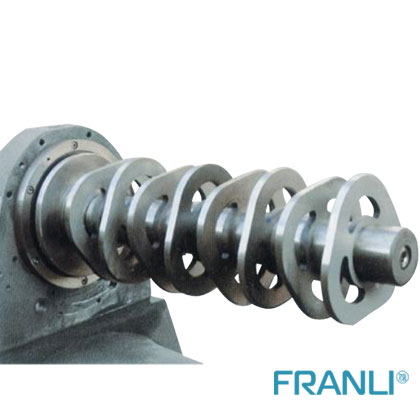
The amount of grinding media is related to the viscosity of the ink and the temperature of the grinding ink. Therefore, these factors must be considered when determining the amount of grinding media. The general principle is that when the ink viscosity is high, the amount of grinding media should be less, and when the viscosity is small, the amount of grinding media can be slightly more.
The bead mill is used in the core stage of the production process in the coating and ink industry. Quality requirements from customers are becoming more and more demanding, and cost pressures are also increasing. The use of standard grinding methods has led to a continuous decline in profits, and the choice of cheaper raw materials will cause problems in the grinding process, such as clogging the screen, being out of range of particle size distribution, and longer grinding cycles. Saving production raw materials and pigments will lead to the opposite effect-increased costs and quality problems.
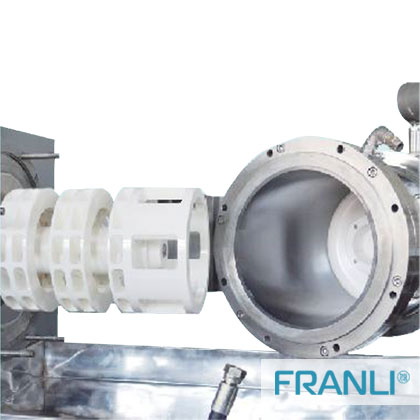
Laboratory sand mill, including two grinding capacities of 0.5L and 1L. According to the material requirements of different customers, the rotor and the grinding cylinder can be made of high wear-resistant alloy steel or ceramic materials. This series of sand mills have a wide range of applications, and the fineness of the finished product can range from D90=100NM to D90=20 microns. It is an ideal experimental model for research institutions and university laboratories. This series of products can be widely used in pesticides, paints, inks, pigments, color pastes, dyes, textile inkjet inks, ceramic inks, glass inks, graphene, MLCC, thermal paper coating materials, optical brighteners, electronic pulps Materials, battery anode and cathode materials, and other products that require nanometer fineness.

Advantages of using laboratory sand mill
l The product batch dosage is small, 300ML each time.
l The residual amount is small, about 30ML in total.
l Easy to clean, it can be cleaned in 5min.
l High efficiency, each test is about 15min, the traditional test is about 4H; disassembly is convenient, about 5min, equipment disassembly, and zirconium bead replacement.
Obviously, the best choice for the amount of grinding media and ink viscosity is obtained through experiments or experimental production, but as a starting point for experiments, the volume of grinding media can often be set at 50% of the volume of the cylinder.
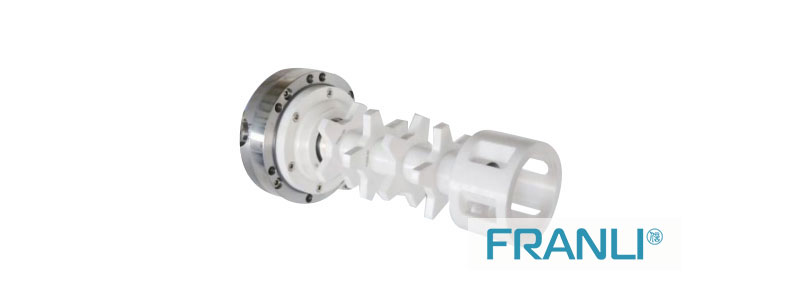
Selection of vertical sand mill media
For vertical sand mills, the amount of grinding media can be so large that the surface of the media piled in the cylinder reaches a place just lower than the uppermost impeller so that the grinding media can have a rising space.
But this must also consider the ink pumping speed because the ink is fed into the cylinder at a fast speed, the media will turn a little higher, so that there is more space above the media, that is, the amount of grinding media should be appropriately small a little.
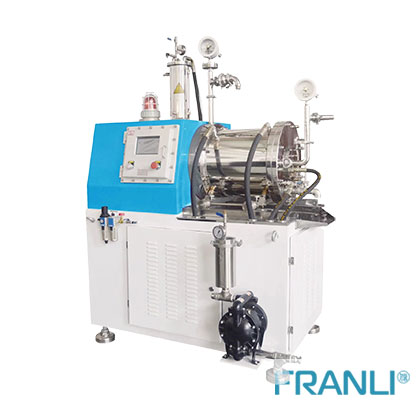
Selection of media for horizontal sand mill
For horizontal sand mills, the amount of grinding media can start from 80% of the simplified volume, and then increase or decrease the amount of grinding media according to the discharge temperature of the material or the temperature of the cooling water. Generally speaking, when the temperature exceeds the allowable range, The amount of grinding media should be reduced. When the temperature is lower than the allowable range, before increasing the shaft speed, priority can be given to increasing the amount of grinding media.
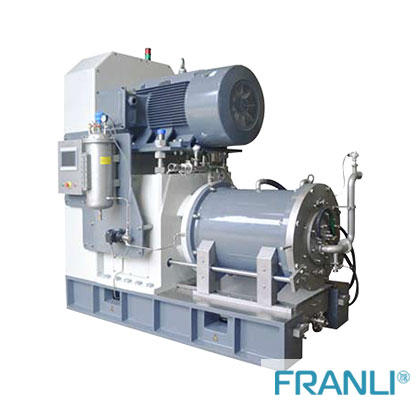
Generally, the discharge temperature of the ink is allowed within the range of 50-70°C. Adjusting the amount of media can be measured by this scale, and it is necessary to pay attention to control for some inks with poor stability.
Sand mill is currently the most widely adaptable, most advanced, and most efficient grinding equipment. The grinding cavity is the narrowest, the gap between the levers is the smallest, and the grinding energy is the most intensive. With the high-performance cooling system and automatic control system, it can achieve continuous material Continuous processing and discharge greatly improve production efficiency.
In addition, no matter which kind of sand mill is used, the ink entering the sand mill must be well pre-dispersed so that the working efficiency of the sand mill can be brought into full play. Because the sheer force of the grinding media to break the pigment aggregates (or pigment particles) is inversely proportional to the size of the pigment aggregates between the media, that is, the smaller the pigment aggregates, the greater the shearing force between the media and the grinding And the dispersion effect is also the best.
Copyright Notice :
This article only represents the author's point of view.
This article is published under the authorization of the author.
Source:
This article address : Grinding media of different types of sand mills
Previous:Things that must be paid attention to when the three-roll mill is dispersed
Next:The development of sand mills in the coating industry
Related Suggestion:
Double planetary mixer new type of mixing equipment
Multiple paddle options of Double Planetary Mixer
Double planetary mixer is the first choice for paste materials
Multiple mixing tanks with double planetary mixer
Double planetary mixer for chemical products
Double planetary mixer can be vacuum feeding
Related Products
-

Vacuum Double Planetary Mixer
A Vacuum double planetary mixer is an essential part of any industry to mixing particular material. A double planetary m...
-

Laboratory Double Planetary Mixer
Laboratory double planetary mixer is a kind of non-standardized strong mixing and mixing equipment developed by FLE for ...
-

Hydraulic Lifting High Speed Disperser
The hydraulic lift high speed disperser has the characteristics of simple operation and high flexibility.The hydraulic l...
News
-
28
2023-04
-
28
2023-04
-
28
2023-04
-
28
2023-04
-
28
2023-04
-
28
2023-04
- Tricks About Ointment Mill You Wish You ...
- A deep insight into Sand Mill Machine
- What is the difference between dyno mill...
- How To Choose Vertical Bead Mill or Hori...
- What is a three roll mill machine?
- Specification of high speed disperser an...
- Three Roll Mills: Their mechanism, advan...
- high speed disperser machine application
- Faults and Trouble Shooting Methods of H...
- How to operate High-Speed Disperser

















